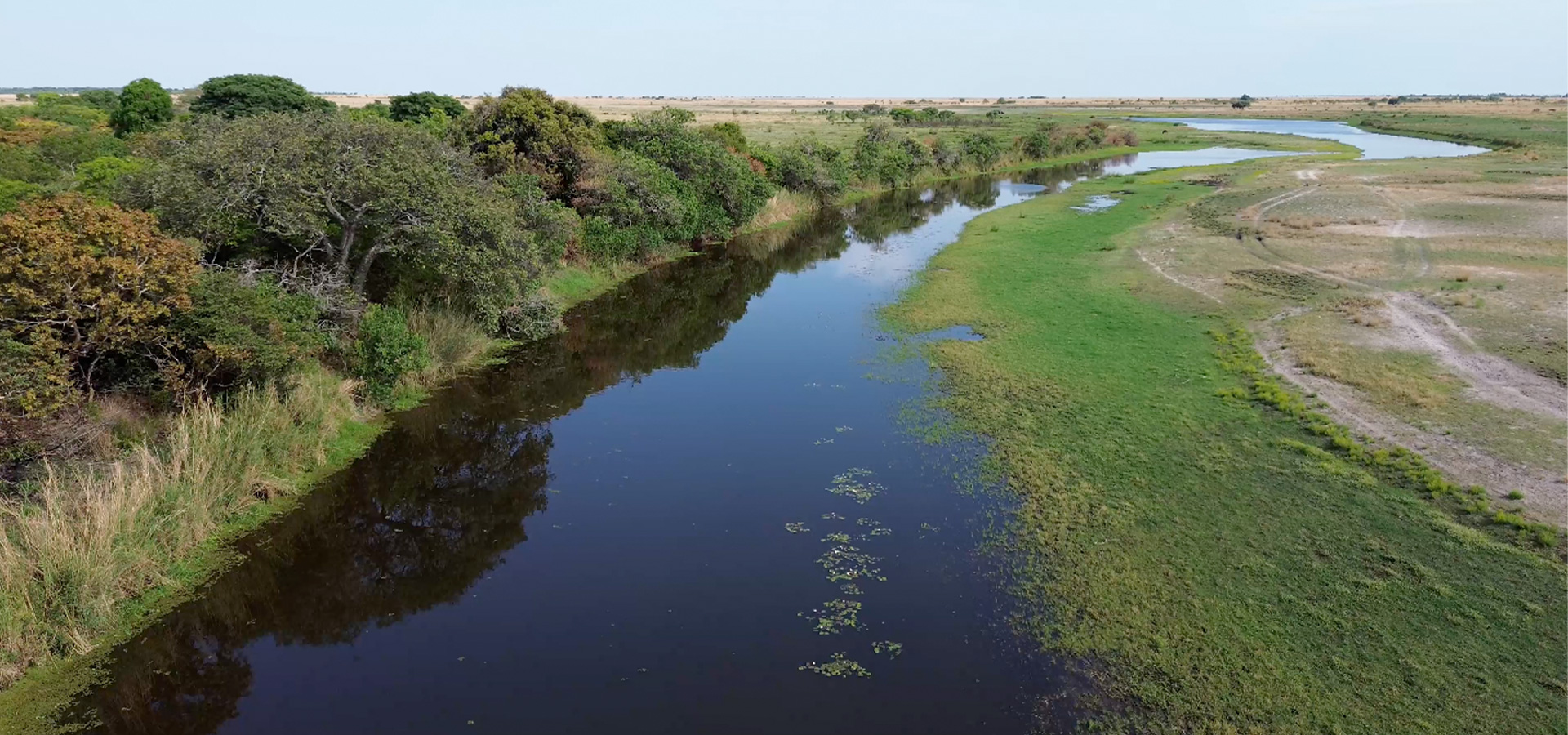SAFARI CAMPS for responsible travellers
The preferred booking platform for lodges & bush camps that offer tangible, measurable benefits for conservation & communities
Liuwa Plain National Park in Zambia is home to precious Ramsar site wetlands, new lion prides thanks to Lady Liuwa & remote wilderness to get lost in. It also plays host to Africa's second-largest wildebeest migration.
The Luambimba River bounds the park to the north and the Luanginga River to the south, with some 3,369km2 (336,900 hectares) of grassland stretching between them. Every year the park floods, leaving small islands of woodland and becoming largely inaccessible before the retreating waters see the return of wildlife.
With seemingly boundless horizons, the open landscape is not unlike that of some of East Africa's most renowned safari destinations – minus the crowds.
🎥 WATCH THIS informative video about Liuwa Plain National Park
Expert tip: November rains bring new grasses and the second-largest wildebeest migration in the world ...
Information about Liuwa Plain
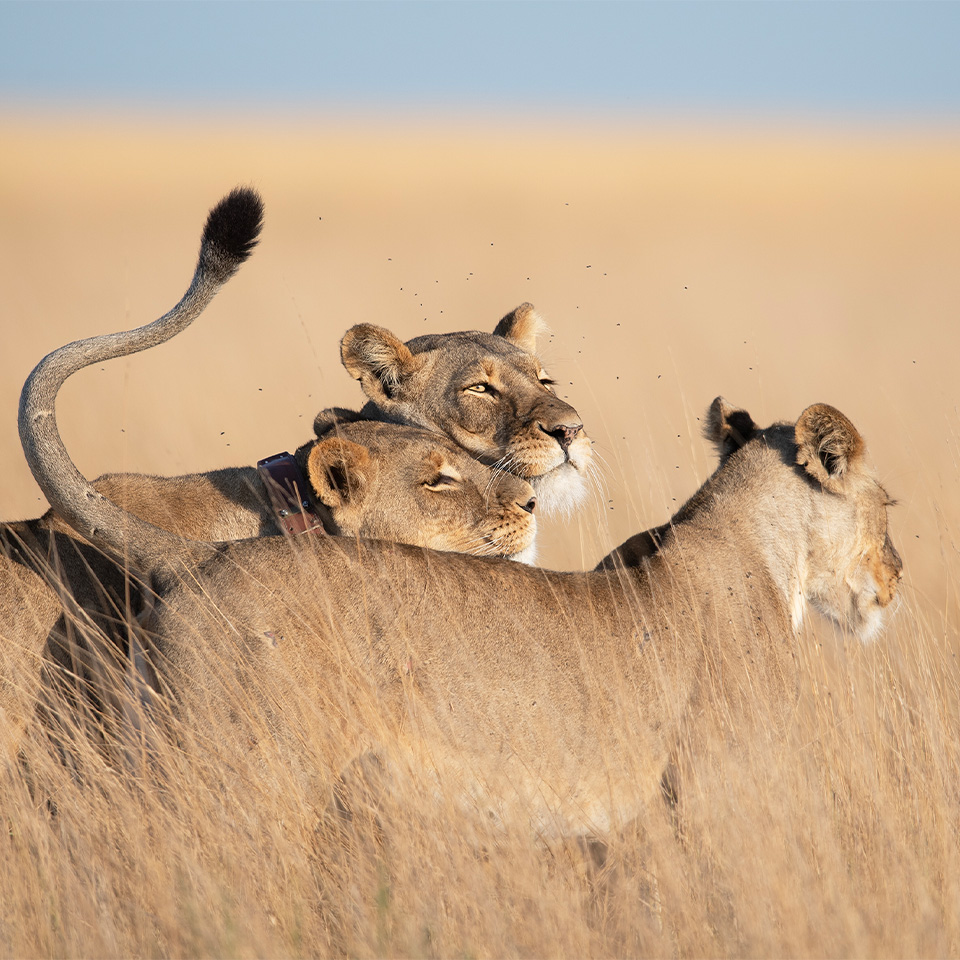
Liuwa Plain wildlife
Liuwa Plain is all about vast open spaces, seasonal floods bringing flushes of flowers and waterfowl, and herds of wildebeest - Africa's second-largest wildebeest migration.
Resident lions, hyenas, cheetahs, buffaloes, zebras, tsessebes, red lechwes, oribis eland, and roaming wild dogs (painted wolves) add to the mix. Smaller predators, such as serval and striped polecats, can also be found.
Lady Liuwa was an iconic lion, having survived for years on her own before being joined by her new pride. Her extraordinary story of survival brings a lump to the throat of even the most hardened amongst us. She is the spiritual godmother of what is now a thriving and growing lion population.
Liuwa Plain boasts an impressive species total of over 335 birds, and it is easy to while away hours in a good spot. For true enthusiasts, slaty egrets, rosy-throated longclaws and sharp-tailed starlings will most certainly be a highlight, and the November arrival of countless waterbirds, including flocks of wattled cranes and thousands of black-winged pratincoles, is the cause of great excitement.
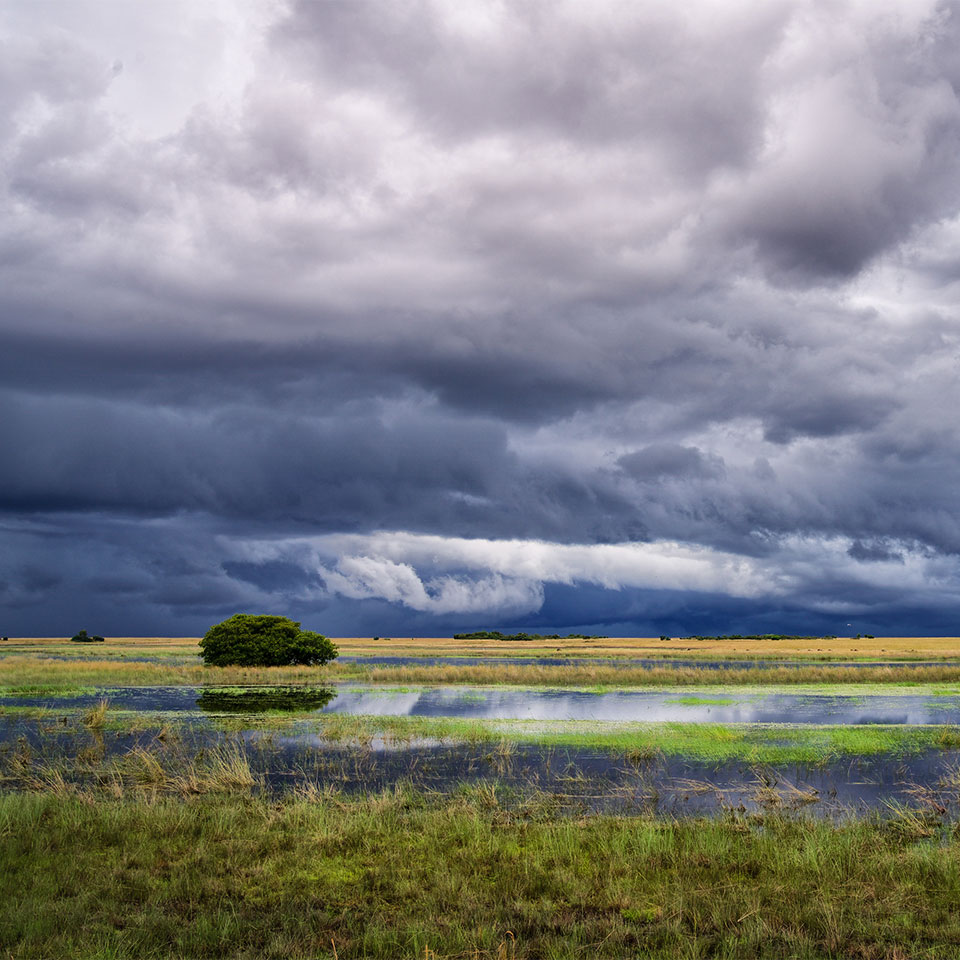
Liuwa Plain seasons
Long wet season (January - April)
Temperature: 15-22 °C. The park is flooded, and local people move to higher ground (the famous Kuomboka ceremony). Wildebeest and zebra leave the park along the Luanginga River to the west. Lechwe enter the park from the Luanginga River wetlands to congregate at the park's centre. Migrant birds arrive.
Short dry season (May - July)
Temperature: 9-15 °C. The park is dry and accessible. Birds feast on fish as the water recedes. Large flocks of cranes are abundant, making this the best time to photograph birdlife. Lechwe start to move down to the wetlands. Large herds of wildebeests congregate outside the park in the Luola to Mushukula areas.
Long dry season (August – October)
Temperatures: 22-32 °C. Bird life is still abundant - especially at large fishing pools. Vegetation dries up, and trees drop their leaves. A large number of wildebeest return to the park through the northern corridor and concentrate with other wildlife in the north. Towards the end of the season, trees start blossoming back to green.
Short wet season (November – December)
Temperatures: 22-32 °C. This is the start of the rainy season - preceded by heavy cloud cover, thunderstorms and lightning. Flowers and green grass cover the park, and the wildebeest start arriving in large numbers and calving. The best predator action occurs during this time.
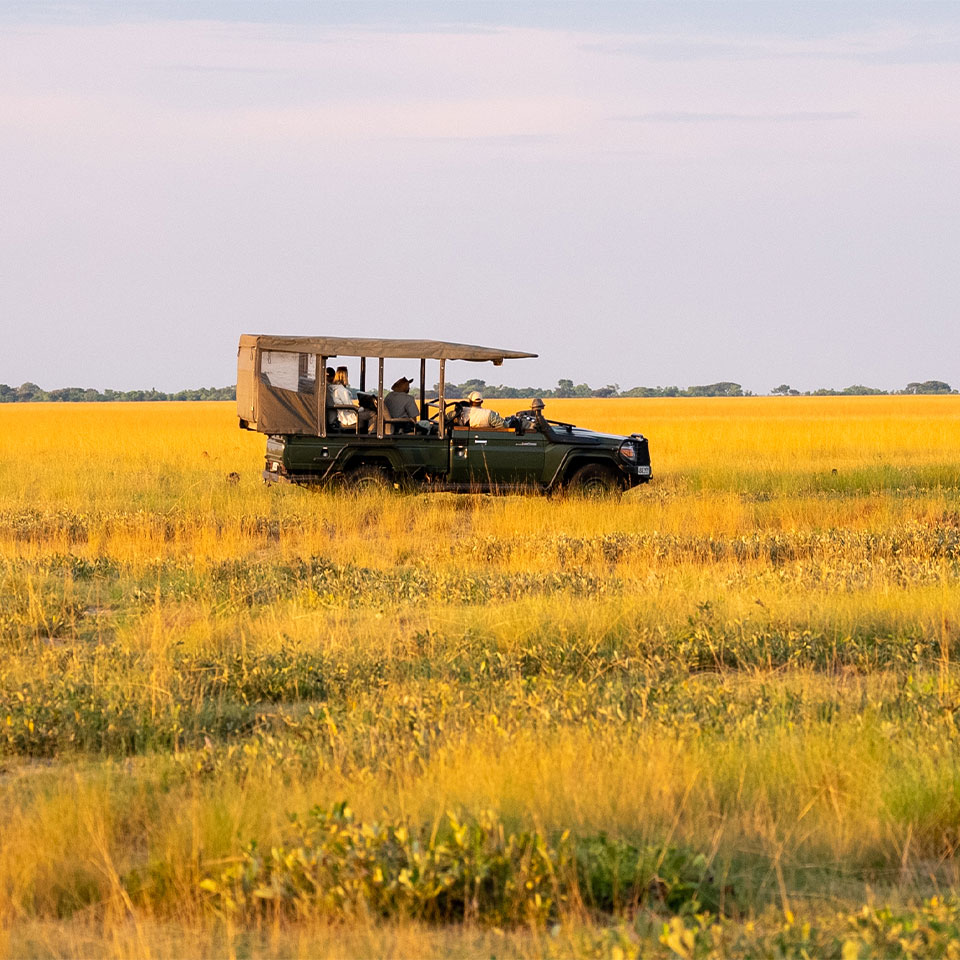
What to do in Liuwa Plain
Liuwa Plain offers the following activities:
Self-drive safari where you stay at any of the camping sites and determine the content and pace of your day;
Experience the Kuomboka festival when the plains are flooding. The Lozi king and queen and their people row in large decorated boats from the Zambezi floodplains to higher ground;
Fully catered lodge (Liuwa Camp):
Morning, afternoon and night game drives in an open game-drive vehicle with a local guide;
Guided bush walks and bird watching: Join a qualified walking guide for a walk across the plains, with a chance to spot wildlife, birds and reptiles;
Find and follow those migrating wildebeest and the attendant predators
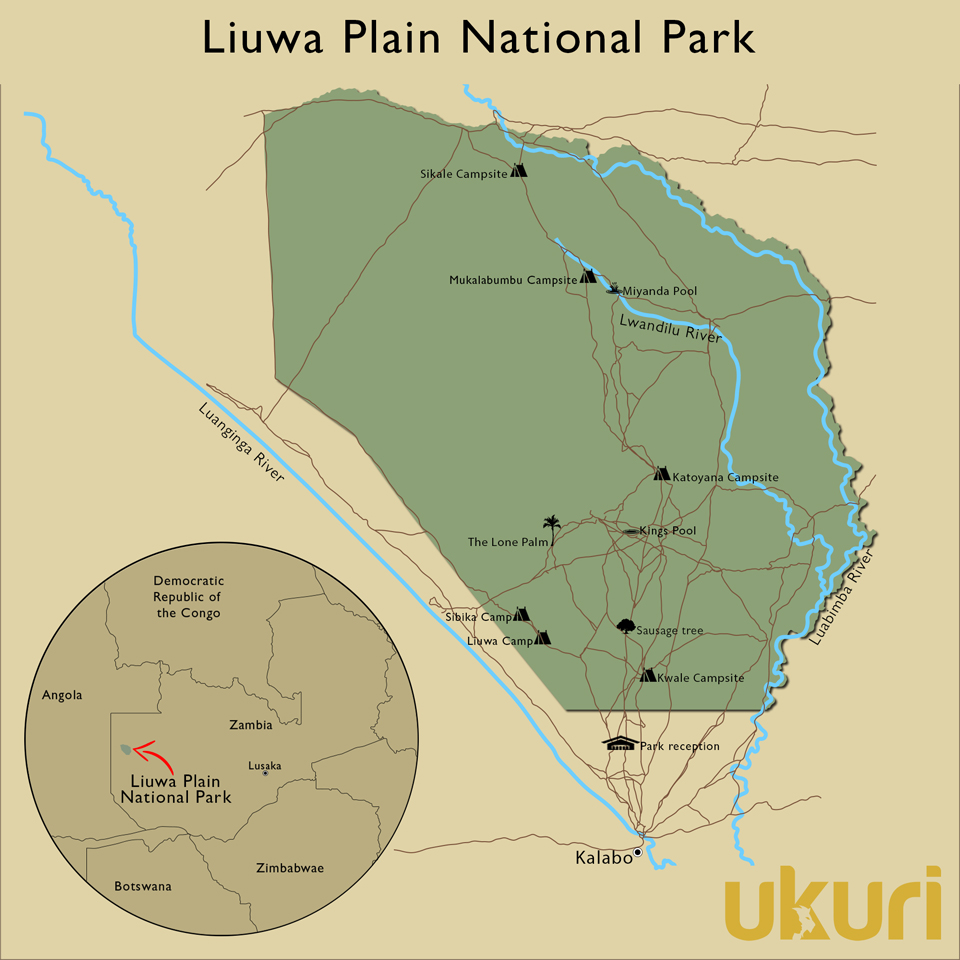
How to get to Liuwa Plain
By road
The 680km drive to Liuwa Plain National Park from Lusaka is only possible during the dry season. To navigate the sandy tracks, you’ll need a strong 4x4 with high clearance. Enquire about road conditions before you make this journey. Once you leave Lusaka, the only towns where you can find fuel are Kaoma and Mongu.
By air
The easiest option is a charter flight with ProFlight to Kalabo Airport just outside the park and a vehicle transfer to Liuwa Camp (2 hours). The vehicle transfer cost is included in Liuwa Camp rates. Proflight offers domestic scheduled flights between Lusaka and Kalabo Airport.

Health essentials
Malaria area: Yes
Liuwa Plain is a malaria area, although low-risk. Please consult your travel doctor about malaria prophylaxis.
Yellow fever area: No
Zambia is not a yellow fever area. Vaccination is required for travellers arriving from countries with a risk for yellow fever virus transmission. Please consult your travel doctor before travelling for relevant updates.
Tsetse flies: No
Water
We advise against drinking tap water unless it is boiled or filtered. Bottled water is widely available in Zambia. Bring your own refillable water bottles to prevent plastic pollution.
Medical emergencies
Liuwa Plain is a remote area - please ensure you have evacuation insurance in case of medical emergencies. African Parks utilises the following emergency evacuation service: SATIB24.
✔️ Vested communities ✔️ Responsible & sustainable
100% of tourism revenue earned by African Parks goes to conservation and local communities
Your safari to Liuwa Plain will make a difference for local people
Visiting the African Parks camps in Liuwa Plain is the most direct way to support local communities because these camps help boost:
job creation - Liuwa Plain is the largest employer in the region;
enterprise development - controlled seasonal fishing provides for diversified income;
education - via the funding of community schools;
health - via community clinics;
tourism - the ongoing development of tourism camps creates significant benefits such as revenue, jobs, training and skills upliftment.
READ ABOUT African Parks community-based projects at Liuwa Plain
Your safari to Liuwa Plain will help conservation
In 2003, Liuwa Plains National Park came under the management of African Parks. In partnership with the Zambia Department of National Parks and Wildlife (DNPW) and the Barotse Royal Establishment, they set about improving the park's security while working with the community to implement sustainable land-use plans. Some two decades later, 95% of the park's staff contingent are local community members, and representatives of the Barotse Royal Establishment are on the African Parks Zambia board to ensure a voice for the people in managing the park.
Through emergency support, educational programmes and development schemes, and carefully controlled fishing permits, African Parks have ensured that the local communities are vested in the park's survival.
Your safari to Liuwa Plain contributes directly to this success story.
READ ABOUT
Information about Zambia
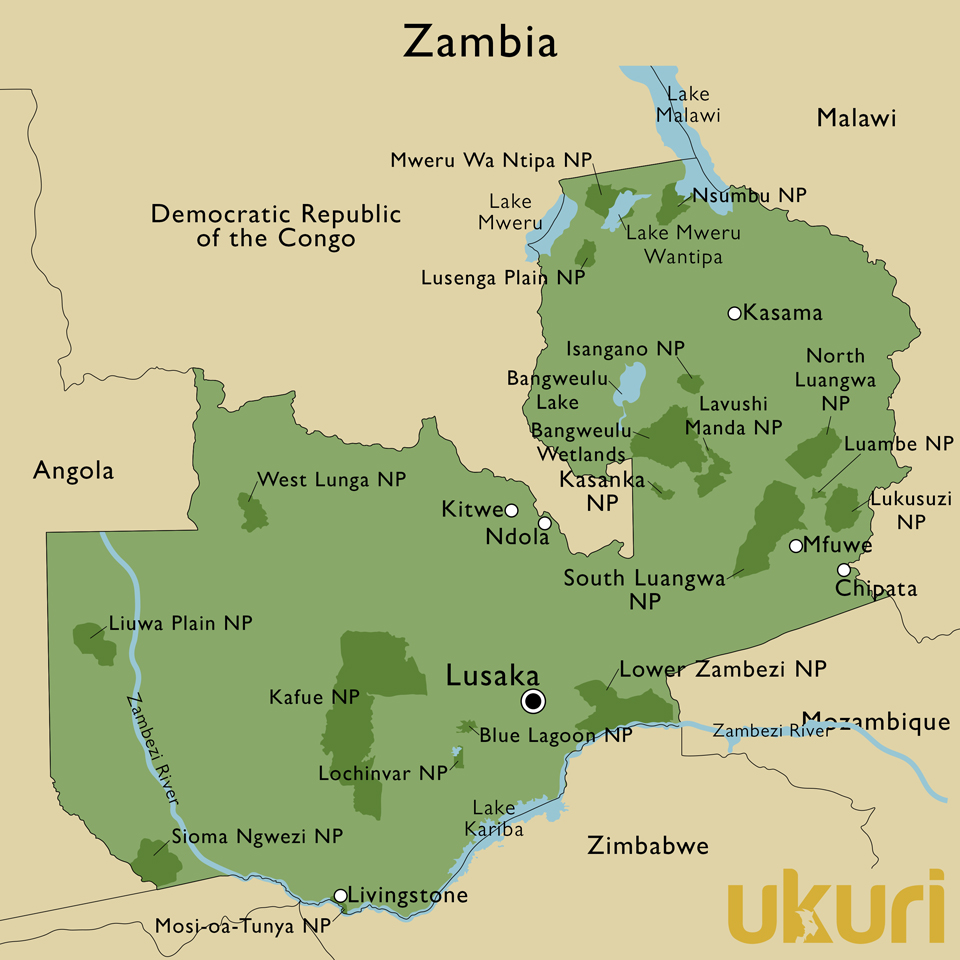
Key Zambia facts + map
Capital city + tourist hubs Lusaka (capital city), Livingstone, Mfuwe.
Languages English + 7 official vernacular languages.
Time zone GMT + 2 hours.
Currency Zambian Kwacha. Exchange bureaus and ATM's are available in Lusaka. Use the local currency for most transactions, although lodges accept US$ notes and major credit cards.
Visas Enter your details here for visa and other requirements.
Plugs Plug types are C (two small round pins), D (three small round pins) and G (three rectangular pins).
Mobile phones SIM cards can be purchased in Lusaka and all large towns. Zambia has good phone and internet coverage but internet speed can be slow at times.
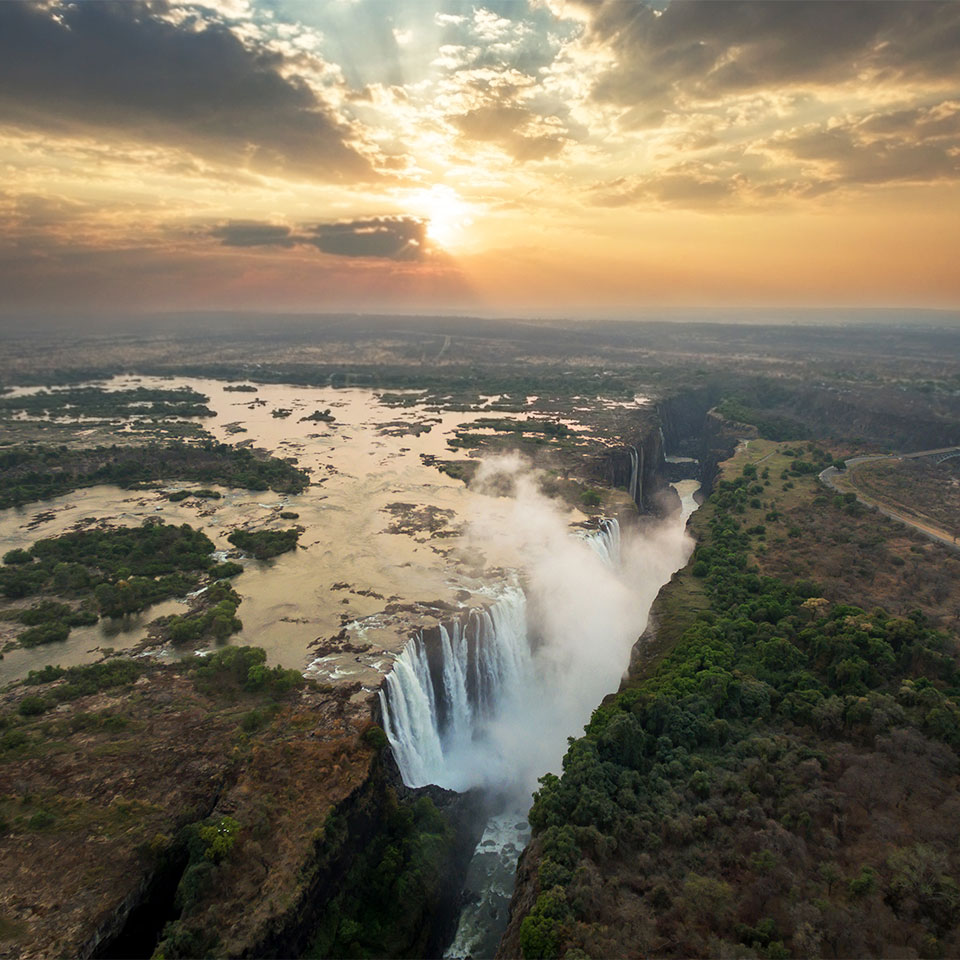
Zambia travel highlights
Zambia has many tourism hotspots and national parks - enough to keep even the most experienced safari traveller busy for a long time.
Wetland wonders
From the expansive floodplains of Bangweulu Wetlands and Liuwa Plain National Park to Kasanka National Park and Busanga Plains, Zambia's wetlands host endangered species and communities that co-exist with wildlife. Responsible travellers seek the learnings of these experiences and the solitude of the wilderness.
Bushveld safaris
Kafue National Park, Luangwa Valley and Lower Zambezi National Park offer bushveld safari habitats to drool over - from riverine forest to vast floodplains and woodland.
The 'smoke that thunders'
Victoria Falls offers the world's largest continuous falling curtain of water - an adventure centre of note.
